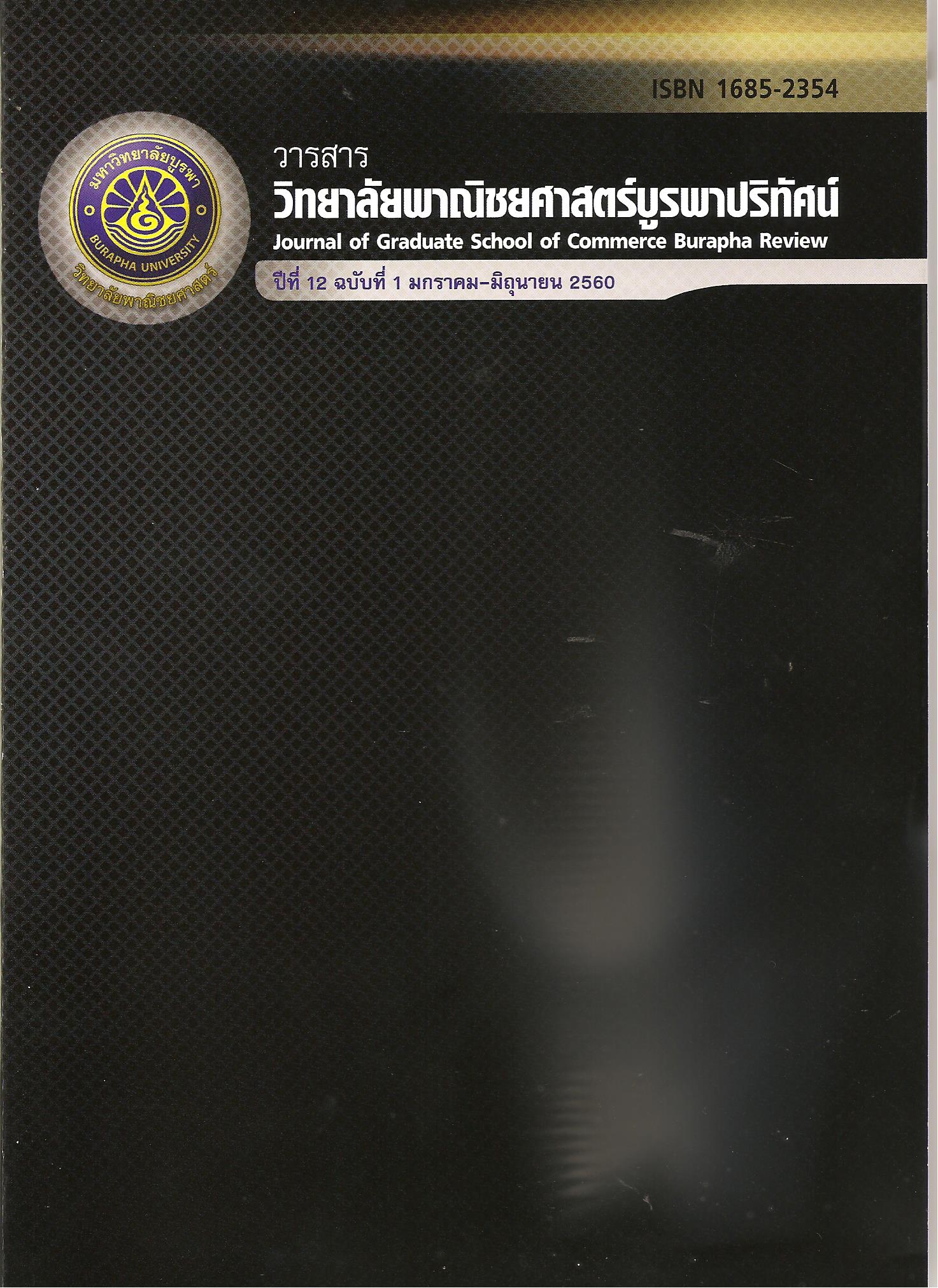แนวทางบริหารจัดการสถานพยาบาลของรัฐเพื่อสนับสนุนการบริการของพระสงฆ์
Main Article Content
Abstract
บทคัดย่อ
งานวิจัยนี้วัตถุประสงค์เพื่อ 1) ประเมินปัญหาการเข้ารับและให้บริการรักษาพยาบาลของสถานพยาบาลของรัฐจากพระสงฆ์ 2) เพื่อเสนอแนะแนวทางบริหารจัดการของสถานพยาบาลของรัฐในระดับทุติยภูมิลงไป เพื่อสนับสนุนการเข้าถึงการรักษาพยาบาลของพระสงฆ์ ผ่านกระบวนการโดยดำเนินการวิจัย 2 ขั้นตอน คือขั้นที่ 1 วิจัยเชิงปริมาณ (Quantitative research) เพื่อประเมินปัญหาการให้บริการจากสถานพยาบาลของรัฐกับกลุ่มตัวอย่างพระภิกษุสงฆ์ทั่วประเทศ จำนวน 630 รูป ขั้นที่ 2 ทำการวิจัยเชิงคุณภาพ (Qualitative research) ด้วยกระบวนการประชุมกลุ่ม (Focus group) กับกลุ่มตัวอย่างผู้เชียวชาญในการบริหารจัดการสถานพยาบาลและเข้าใจในระเบียบวินัยของพระภิกษุได้แก่ตัวแทนผู้บริหารโรงพยาบาลชลบุรีและโรงพยาบาลสงฆ์ (ตัวแทนสถานพยาบาลที่มีการจัดบริการแยกสำหรับพระภิกษุ), ผู้แทนผู้อำนวยการสำนักเลขาธิการมหาเถรสมาคม, ผู้แทนสำนักงานพระพุทธศาสนาแห่งชาติ จำนวน 10 ท่าน
ผลการศึกษาการประเมินปัญหาการให้บริการสถานพยาบาลของรัฐเทียบมิติของห่วงโซ่คุณค่าพบว่าค่าเฉลี่ยในทุก ๆ ด้านอยู่ในระดับน้อย ในด้านโครงสร้างทั่วไปในสถานบริการ มีค่าเฉลี่ยเท่ากับ 2.25 ด้านการบริหารทรัพยากรมนุษย์ มีค่าเฉลี่ยเท่ากับ 2.57 ด้านเทคโนโลยีทางการแพทย์มีค่าเฉลี่ยเท่ากับ 2.56 ด้านการจัดซื้อ ยาและเวชภัณฑ์มีค่าเฉลี่ยเท่ากับ 2.48 ด้านการจัดการความสะดวกภายในสถานพยาบาลมีค่าเฉลี่ยเท่ากับ 2.56 ด้านการจัดการปฏิบัติการในการรักษามีค่าเฉลี่ยเท่ากับ 2.45 ด้านการบริการภายนอกสู่ผู้รับบริการ มีค่าเฉลี่ยเท่ากับ 2.19 ด้านการรับรู้ข่าวสาร ประชาสัมพันธ์มีค่าเฉลี่ยเท่ากับ 2.14 และด้านการบริการมีค่าเฉลี่ยเท่ากับ 2.02และมีรายละเอียดของปัญหาในแต่ละมิติที่แตกต่างกันไป
ผลการวิจัยเชิงคุณภาพเพื่อเสนอแนะแนวทางสำหรับโรงพยาบาลระดับทุติยภูมิลงไปเพื่อสนับสนุนการรักษาพยาบาล มีแนวคิดคือ ควรออกนโยบายในการบริหารจัดการภายในเพื่ออำนวยความสะดวกแก่พระสงฆ์เช่น จัดสรรช่วงเวลาสำหรับสถานที่ บุคลากร และออกหน่วยตรวจเยี่ยมพระสงฆ์ รวมถึงสนับสนุนให้จัดทำบัญชีระบุตัวตนของพระภิกษุที่มาจำวัด และให้ข้อมูลด้านสิทธิการรักษา รวมถึงจัดตั้งเงินกองกลางของวัด เพื่อเบิกจ่ายค่าใช้จ่ายในการเดินทาง
ABSTRACT
The research aimed at studying 1) to study monks and novice monks’ problem of access to health services and method of access to medical care, 2) to find the suggestion to support access to medical care of the monks by using mixed method researches. The first method was conducting quantitative research and the sample group consisted of 630 monks throughout the country. The second method was conducting qualitative research using Focus Group process and there were 10 professionals who were representatives from the representatives of the Director of the Priest Hospital, Regional Chonburi Hospital, Representative of the Office of National Buddhism Sangha Association and the secretariat and all of these people were associated with providing medical care and taking care of the monks’ rules.
From the assessment of public medical institutes, the findings showed that the all problems in dimensions of value chain were perceived at the low level: the mean values were as follows: firm infrastructure’s mean = 2.25, human resource management’s mean = 2.57, technology development’s mean = 2.56, procurement’s mean = 2.48, inbound mean =2.56, operations’ mean = 2.45, outbound logistics’ mean = 2.19, marketing & sales’ mean = 2.14, and service’s mean = 2.02. From hypothesis testing, it was found that the service users with different personal factors had no difference in the assessment of 7 aspects of value chain.
From the study to find the solutions for the problems, the researchers suggested how to support access to medical care and treatment. The suggestions were as follows: 1) the improvement project of system providing care for the monk ex. Time allocation, should be the arrangement of place for waiting and special rooms for the monks 2) the project of the development personnel service providers, 3) the project to promote the health services to people at the temples or in the surrounding communities, 4) improvement of health insurance for the monks today, current projects and project to raise fund for medical care for the monks.
Article Details
The owner of the article does not copy or violate any of its copyright. If any copyright infringement occurs or prosecution, in any case, the Editorial Board is not involved in all the rights to the owner of the article to be performed.

